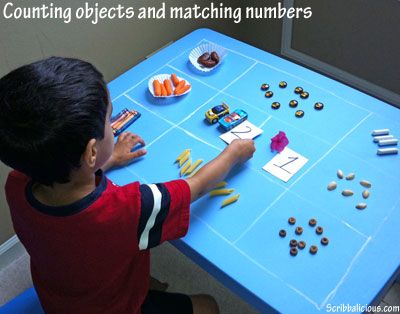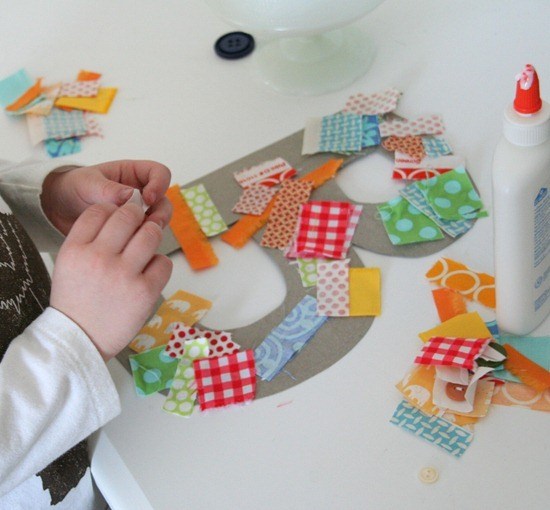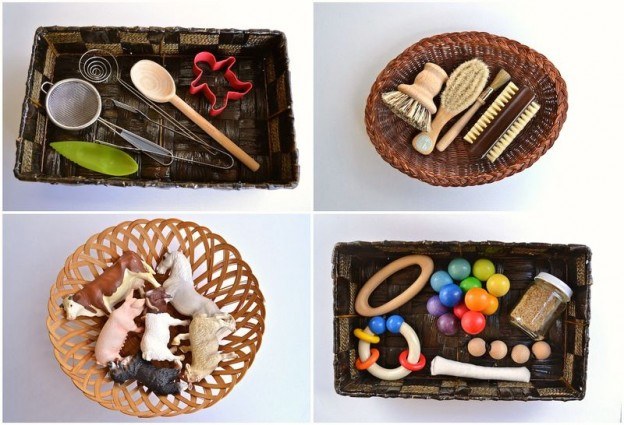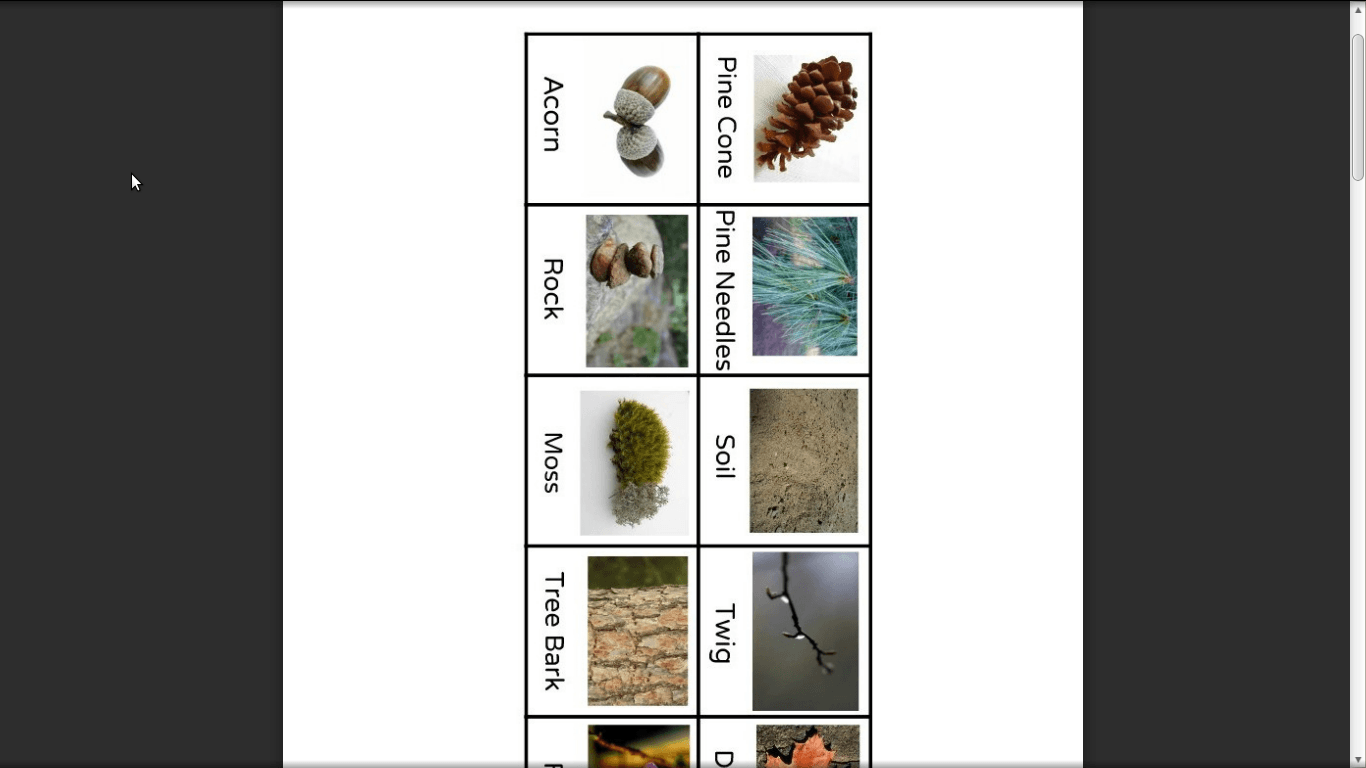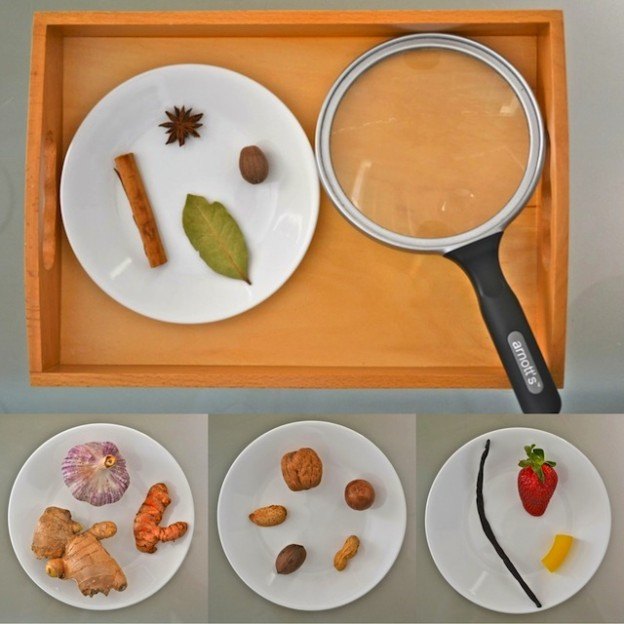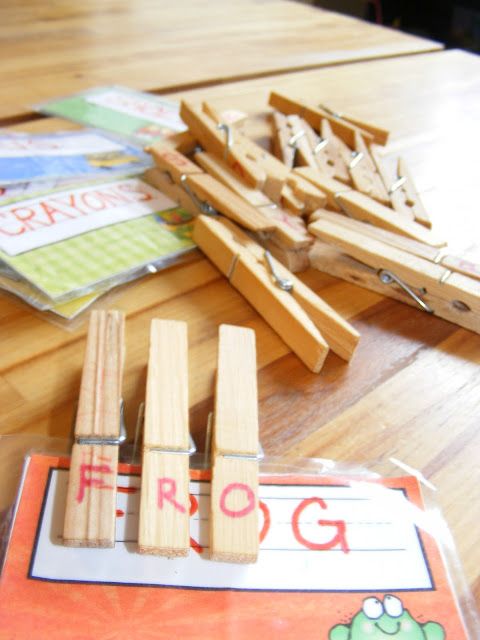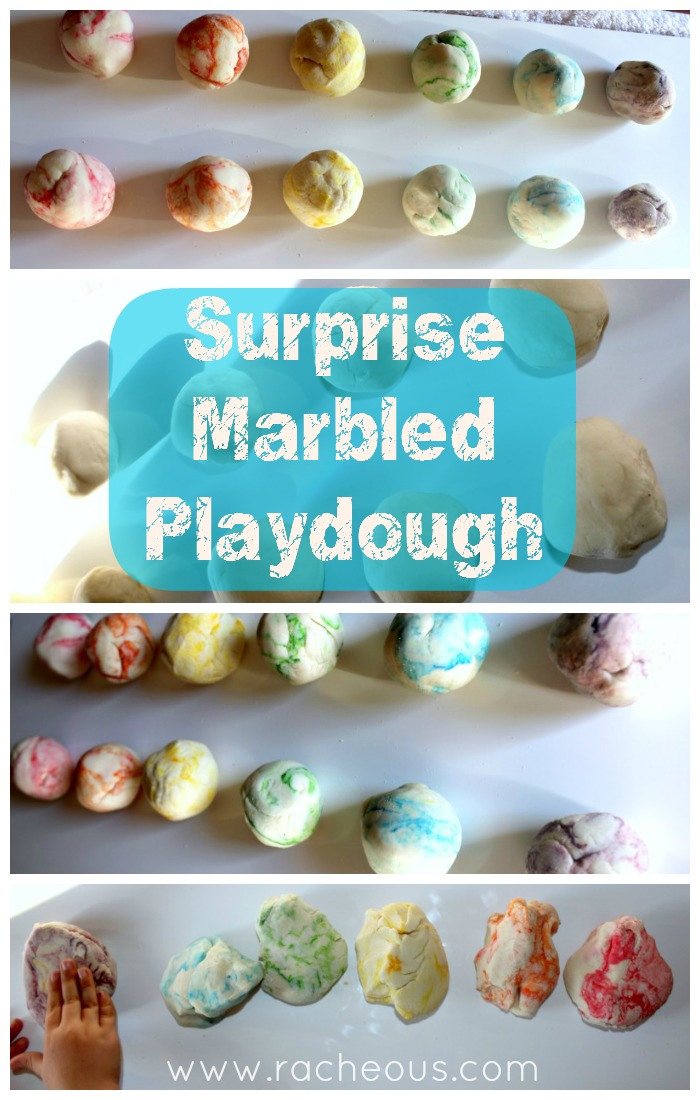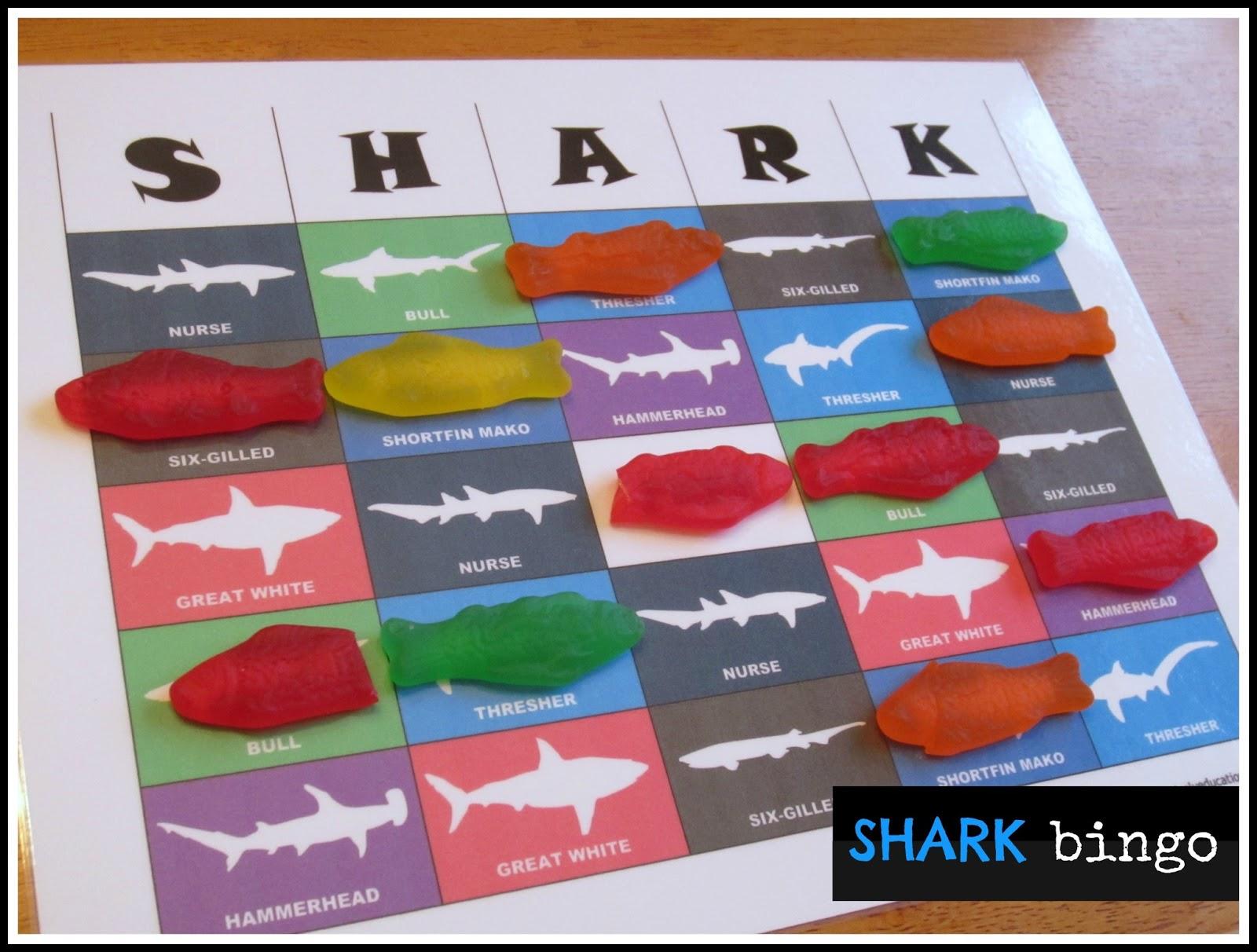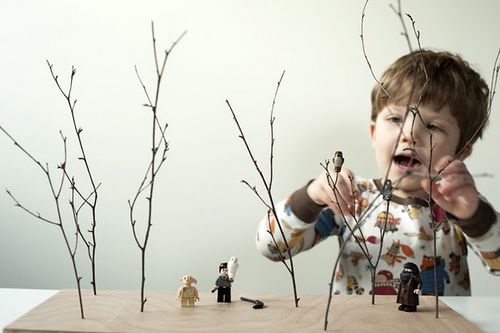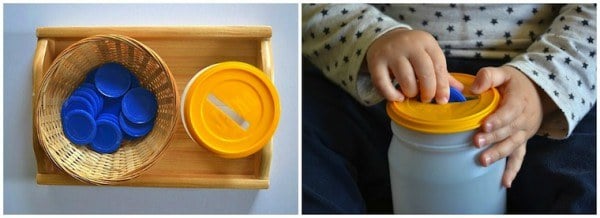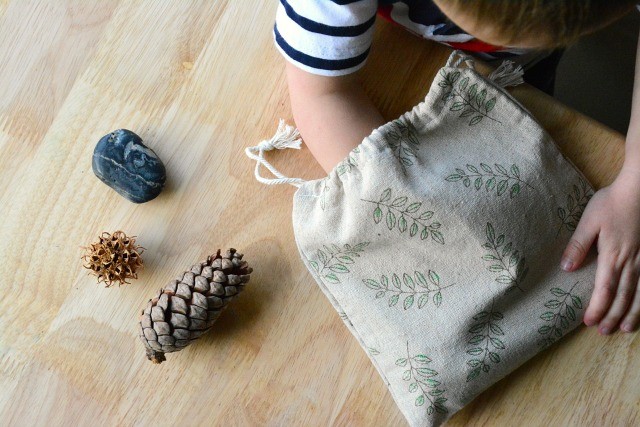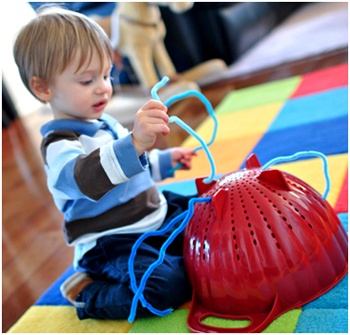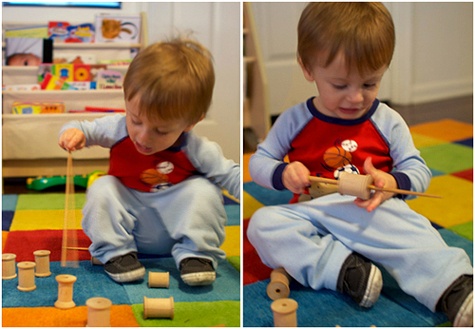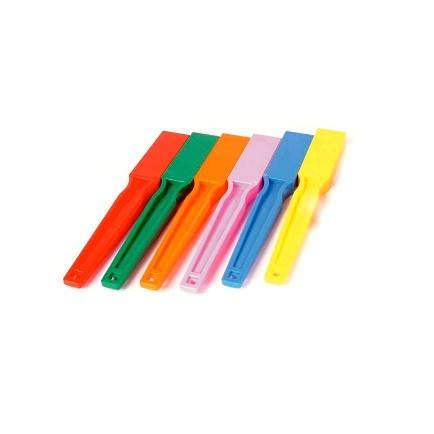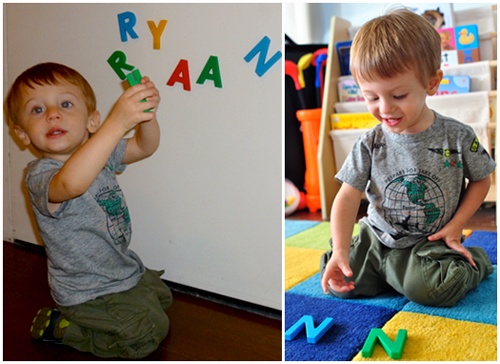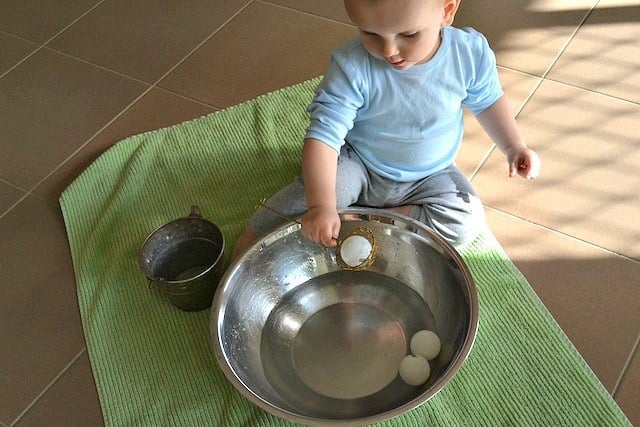The system of Montessori education is denoted via:
Children in mixed age classrooms Children provided blocks of time in working on projects (up to three hours) Children have limited choices in there activities Children are free to learn concepts through exploration of materials rather than ‘direct’ instruction
The Montessori model of education was introduced across America in 1911. These activities may be used to prepare a pre-schooler for school or for home schooling purposes. The techniques are devised to assist a child in exploring, measuring, and observing the world around them.
1. Counting Objects & Matching Numbers
A great way to introduce mathematics to a toddler. Make a game of it through using everyday objects that are familiar to the child.
2. Scrap Alphabet
Build tactile skills by letting children glue fabric scraps to cardboard cut-outs of the alphabet. This activity builds up the muscles needed for writing/holding a pen or pencil.
3. Discovery Baskets
Discovery baskets filled with like items or from different rooms of the household is a good way to keep a toddler’s mind active.
4. Miniature Weaving
Miniature weaving is an activity that will unleash an older child’s creativity and more than a little imagination.
5. Cosmic Nesting Boxes
Cosmic nesting boxes are a fun and creative way to teach about the solar system or a particular state.
6. Nature Scavenger Hunt
7. Observation Trays
Add a magnifying glass to observation trays. Allow your child to explore up close vegetables, fruits, and nuts. The magnifying glass gives children a real sense of observation and satisfies their notion toward exploration.
8. Clothes Pin Words
Clothes pin words sparks creativity and letter recognition in a small child’s mind. These are so easy to make and is a wonderful way to teach the connection between the alphabet and words.
9. Button Snake
I found the button snake on several different sites. The child is tasked with ‘buttoning’ through felt squares with a button attached to a ribbon. Builds fine motor skills while teaching about colors.
10. Play-Dough: Fine Motor Skills
Make it yourself playdough is far cheaper and more fun to make than the store bought kind. The kids can even help make it! Younger children build and fine tune motor skills, while older children get a boost in their creativity.
11. Taste Bowls
This activity teaches a child about the four senses of taste. Have the child close his or her eyes or use a blindfold. Use a spoon to feed the different tastes to the child.
12. Number Clip Cards
These counting cards are a great way to teach numbers the Montessori way. The child simply ‘pins’ the correct number and learns number recognition at the same time.
13. Shark Bingo Game
Shark bingo is a fun way to teach kids about sea life, especially if gummy fish are used to mark the sited sharks!
14. Fiddlesticks
15. Miniature Tree Table
A DIY Nature Tree Table to spark a child’s imagination and to teach about the outdoors. Children can use toys on hand or the items found in their nature scavenger hunt.
16. DIY Coin Box
The DIY coin box builds fine motor skills and teaches counting. Little hands are sure to stay busy. A sharpie pen can be used to mark the chips with numbers, in order to help with number recognition.
17. Mystery Bag
A mystery bag should be filled with 4 or 5 familiar objects. The bag heightens a child’s sense of touch and tactile recognition.
18. Colander And Pipe Cleaners
This is a fun and quite simple activity. Have your child thread pipe cleaners through the holes in a colander. The unique designs awaken your child’s creativity and imagination.
19. Pom-Poms Into Cardboard Tube
Kids will love the disappearing and sudden reappearing of the pom-poms in this activity. Tape the tube to a nearby cabinet for close supervision.
20. Matching Animals
Matching games teach hand-eye coordination and are the beginning of learning word match and recognition.
21. Thread Spools And Chopsticks
Threading thread spools happens in three stages. First chopsticks, then pipe cleaners, and finally shoe laces. Each stage teaches finer and finer motor skills.
22. Magnet Play
Magnet play is great even for older children. Kids can wave the wand over both magnetic and non-magnetic items, count what is magnetic and what is not.
23. Letter Recognition
Play with letters leads to familiarity with the alphabet. Children can start with simple words, their name, and move on to complex letter sounds.
24. Geoboard
The geoboard may be used in a number of ways. The bands can be used to imitate simple shapes or for letter recognition.
25. Ping-Pong Ball Scoop
Teach hand-eye coordination with this DIY ping-pong ball scoop game.
